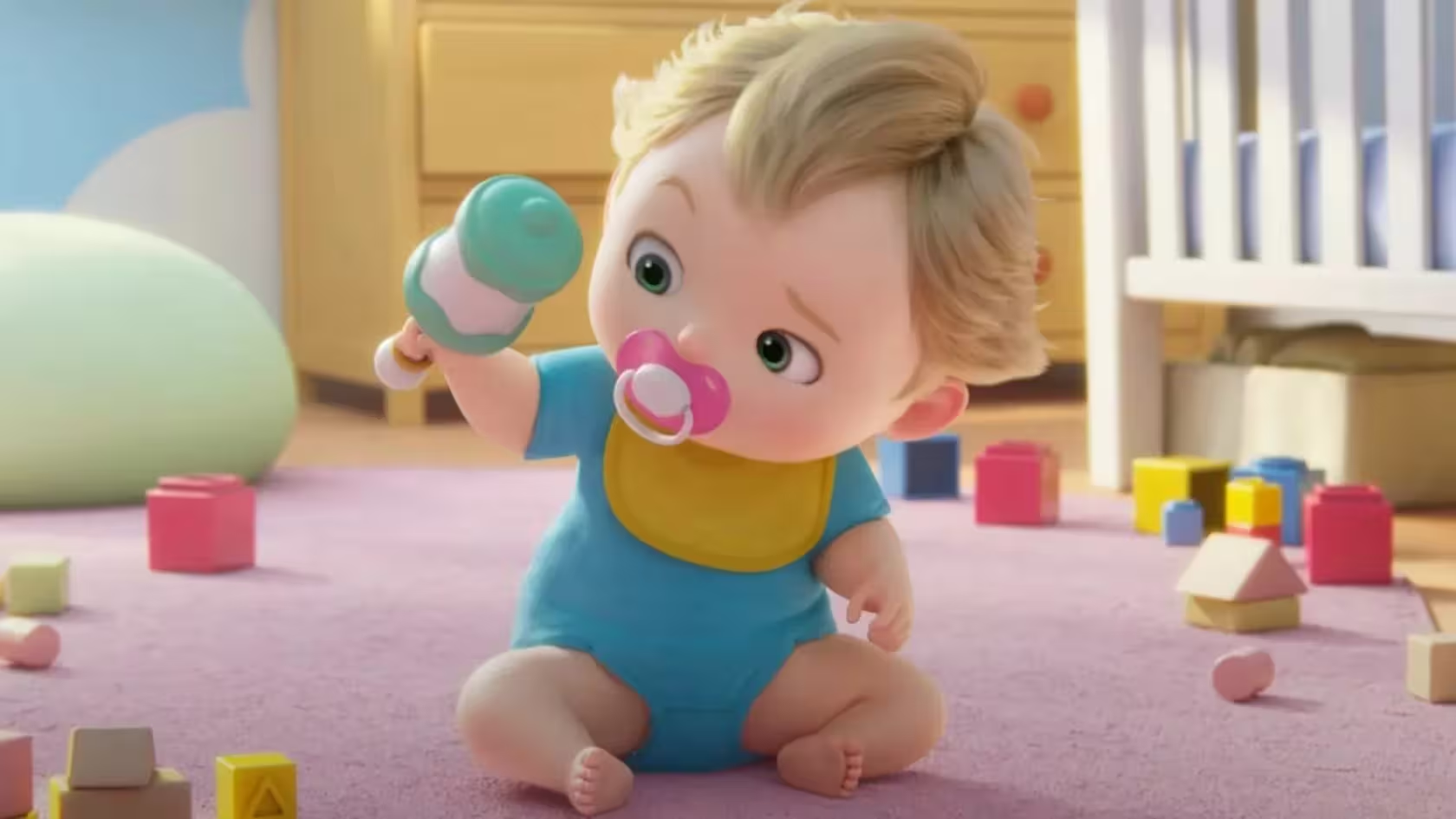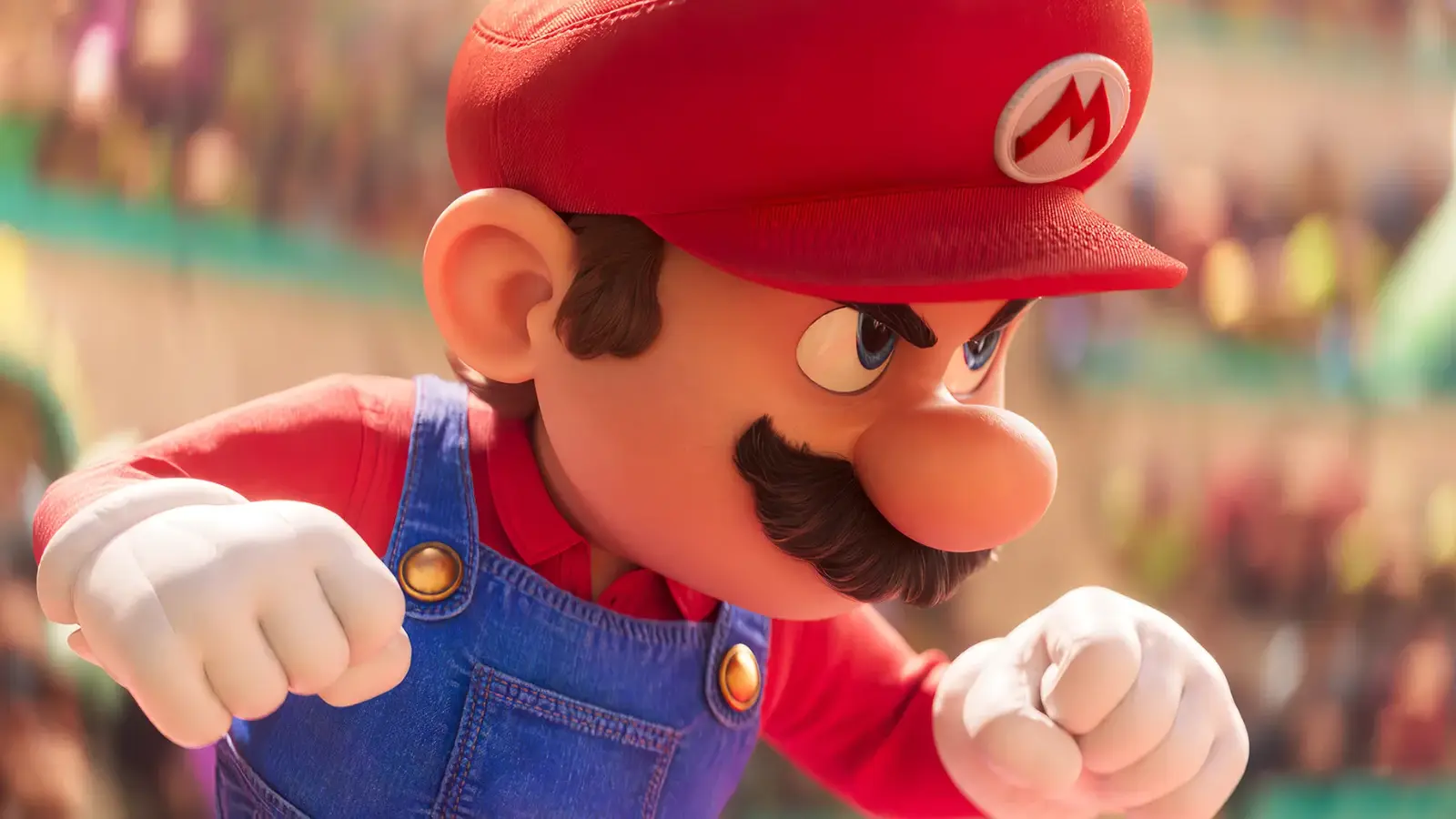4 Minutes
Nintendo doubles down on cinema after Mario’s blockbuster
Nintendo has quietly signaled it’s only getting started with cinematic adaptations. In a recent sales report and investor update from Japan, the company confirmed it’s developing multiple film projects based on its IP catalog — with releases planned after the live-action The Legend of Zelda film expected in 2027. This move marks a deliberate expansion of Nintendo’s cross-media strategy and a stronger, hands-on role in production and financing.
For decades, video game movies were considered cursed: ill-fitted adaptations that rarely captured what made the games beloved. From early animation attempts to ill-received live-action efforts, Hollywood learned the hard way that translating gameplay, tone, and fan expectations to screen is tricky. The 2020s, however, changed the narrative. Box office hits like Sonic the Hedgehog, prestige streaming hits such as The Last of Us, and animation successes including Arcane and The Super Mario Bros. Movie proved that with the right creative team and respect for source material, game adaptations can thrive.
The Super Mario Bros. Movie — an Illumination production that topped $1 billion worldwide — is the clearest proof that Nintendo IP can succeed in mainstream cinema when creators collaborate closely. Nintendo now says it will participate directly across development, production, and financing for future films, rather than simply licensing its brands. That hands-on model aims to keep adaptations faithful while giving studios the creative freedom to craft compelling movies and animated features.

What kinds of projects might arrive next?
Nintendo hasn’t listed titles, but fans and industry observers are already speculating. Metroid, Animal Crossing, and lesser-known gems could become cinematic properties. There’s also room for different formats: animated sequels (a follow-up to Mario is already in the pipeline), live-action epics (Zelda), and smaller, character-driven animated films in the vein of studio projects like Close to You.
Comparisons to recent adaptations are instructive. The Last of Us demonstrated that serialized storytelling can deepen a game's narrative on TV, while the Mario film showed how family-friendly animation can expand a franchise’s audience. If Nintendo follows both routes—feature animation and live-action—the company could capture different demographics and storytelling modes.
Behind the scenes, the strategy reflects lessons learned from working with Illumination: when IP holders collaborate as producers, the result tends to please both fans and mainstream audiences. Yet risks remain. Live-action adaptations must reconcile lore-heavy worlds with accessible storytelling, and any high-profile misstep could sour public perception. Fans are attentive and vocal; community reception will likely shape creative choices.
Film critic Lara Bennett offers a cautious optimism: 'Nintendo’s decision to invest directly in film production is a smart pivot. It suggests the company values long-term brand stewardship over short-term licensing fees, which usually benefits both fans and box office prospects.'
For cinephiles and gamers, the next few years look promising. Whether Nintendo leans more on in-house animation, hybrid live-action projects, or continued licensing will define the tone of this new cinematic era. Expect announcements to come into focus after Zelda’s 2027 release window, and brace for potential adaptations from Metroid to Animal Crossing hitting development slates.
Ultimately, Nintendo’s film ambitions signal a cultural shift: video game worlds are now mainstream storytelling sources, and studios that respect their roots stand to win both critical and commercial rewards.


Leave a Comment